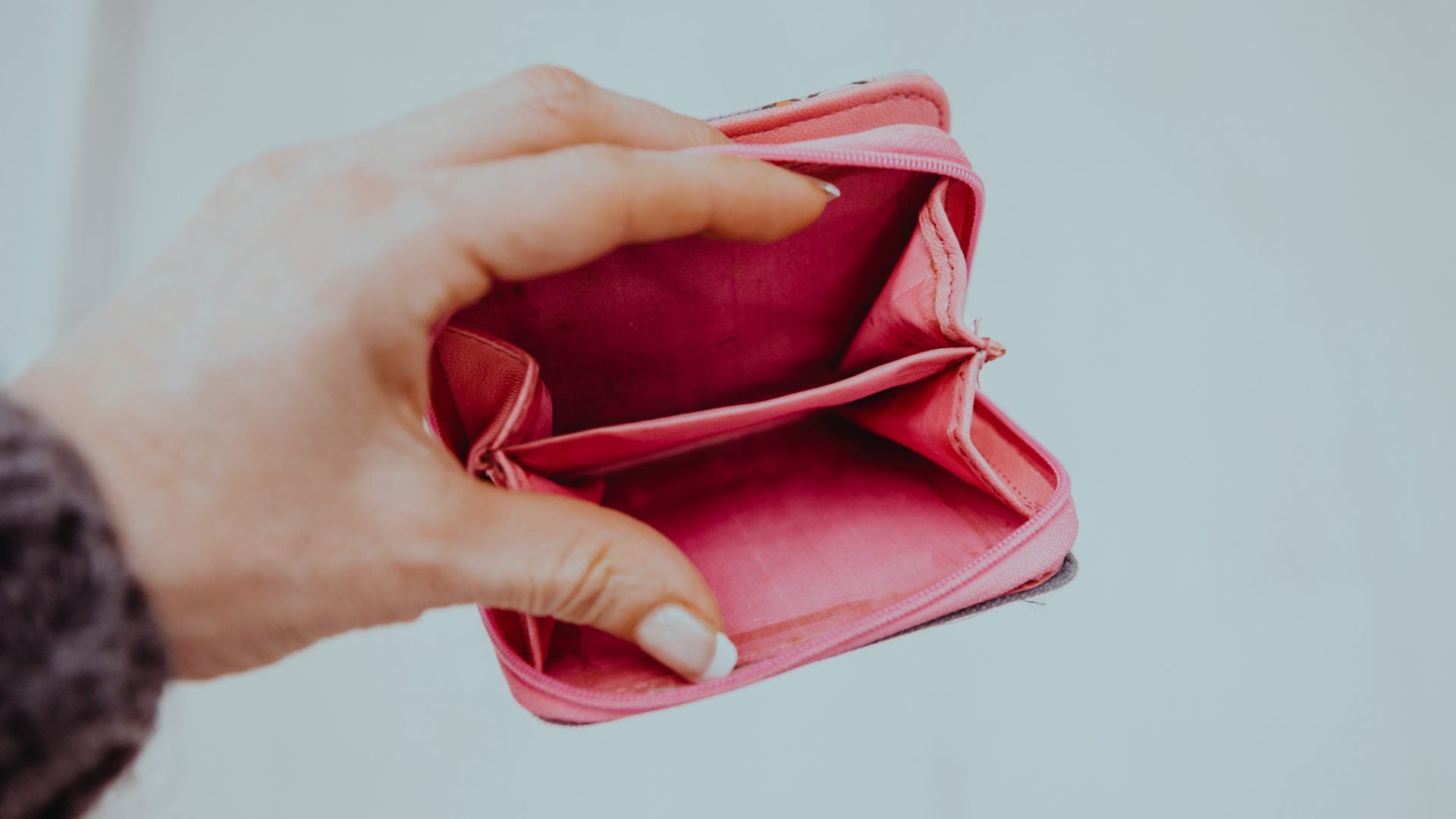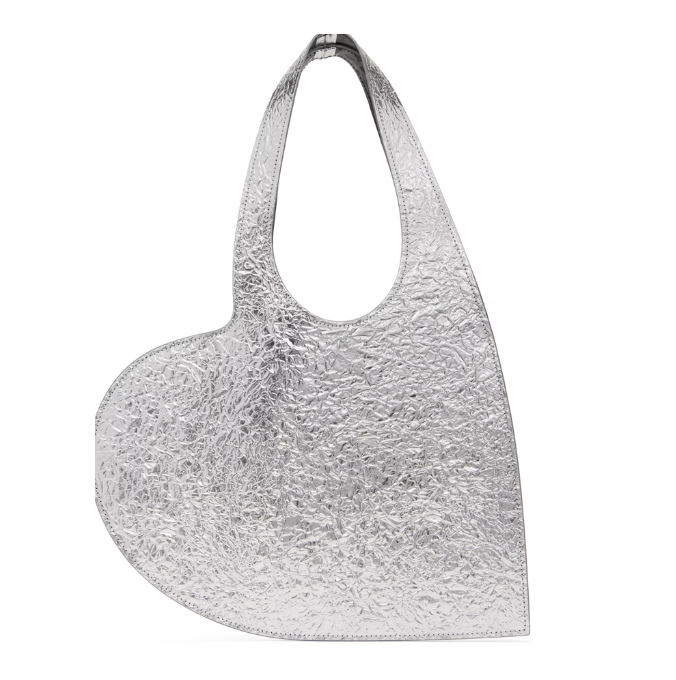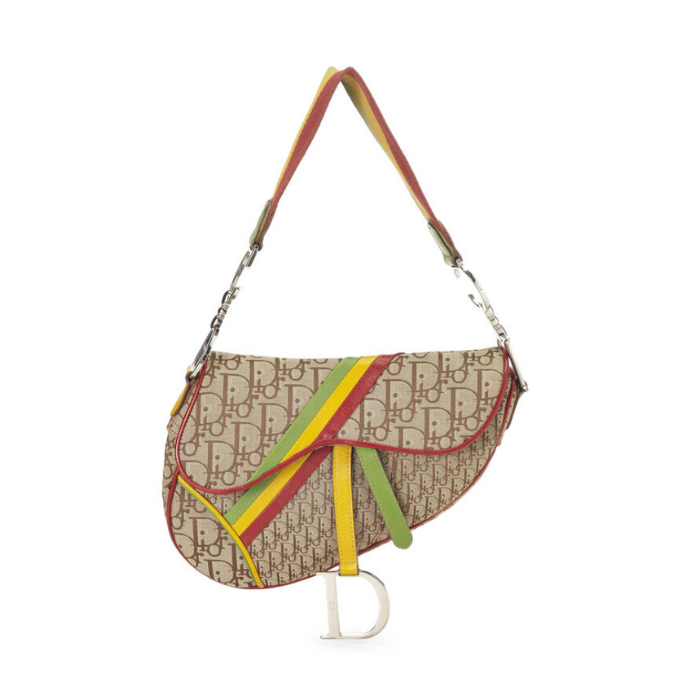
We once lived in a time that glorified the “YOLO” (you only live once) lifestyle. Now the culture is shifting and placing an emphasis on financial freedom, generational wealth and closing the wealth gap. Yet, this mentality shift does not happen overnight. There are so many people who simply don’t know where their money is going.
This cycle is less about how you spend money, and more about how you view money overall. If you value and respect money, then you more than likely won’t mishandle it. This is a factor of a money mindset. It also sheds light on what you were taught about money, if at all.
If you speak the language of “I just got paid,” “What did I buy,” or “What happened to my money,” then keep reading.
There are several questions to ask yourself when you want to know where your money is going. Starting with: How much money do I actually make? It sounds like a simple question but the amount of people who don’t know the answer is more than you may think. You may know your salary or hourly amount, which is your gross, but not your net income. You also need to know how much money hits your account after taxes, healthcare, retirement contributions, etc. That’s the number you need to know and I recommend knowing it by heart. It’ll add perspective to your spending and money habits. Otherwise, you’re mentally making plans for money that you don’t actually have resulting in “where is my money” scenarios.
How much does it cost to live my life? You can sum this up with bills and recurring habits but it’s equally as important as knowing how much you make. This number can vary depending on your lifestyle or the season, so reassessing quarterly will help you significantly. If we draw a line and trace the money in our account from entry to exit — spending habits will always be at the center. Too often spending is painted in a negative way as if money shouldn’t be spent. The way you spend your money provides clarity into the things you like, need and want. In other words — what you value. Take an honest, guilt-free look at your spending habits and try to isolate the things that trigger your spending. This level of self awareness has a big role in knowing where your money is going.
The last question you need to ask yourself is, how do I spend my money? In the most literal sense – cash or card; shopping online or in-store. It’s another level of awareness but when you look at things holistically, you can change your behavior. Which ultimately, shifts your mindset and increases your chances of not only knowing where your money is going but controlling it.







When you’re ready to take action the easiest thing to do is change your spending method. If you rarely carry cash, it’s time to become a cash spender. Anytime you change your behavior there is a sense of newness. Leverage that feeling until you have a better handle on things. Also, set spending limits to keep track of how much you’re spending.
Next, get familiar with the money management tools provided by your bank and credit card company. Find where they’re located on the website and their features. You will have immediate insight into your spending habits most likely broken down into percentages of categories ex. shopping and dining. This is much easier than finding a platform, linking all your accounts and hoping your purchases are categorized accurately. Maximize this feature especially if you don’t want to change your spending method. If you haven’t already noticed, your mind is at the root of not knowing where your money is going.
Like most things in life it is learned behavior. Both internal and external factors played a part in the behavior expounding as you started to make your own money. The needs and desires of your childhood have a correlation to your current lifestyle. The repetitive images you see from TV, film and advertisements shape your views. Continue to build your awareness as it is the best way to shift your mindset and bring about a positive change in behavior. This is the basis of the foundation to building your pathway to financial freedom.






